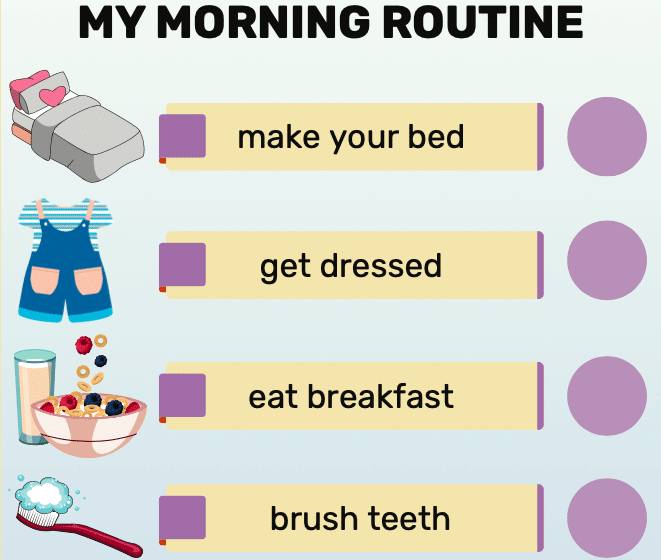After-school routines help structure a child’s day, allowing them to transition smoothly between tasks. These routines encourage predictability, reduce decision fatigue, and increase the chances of kids with special needs engaging successfully in their activities. Here’s how:
- Predictability: Kids know what’s coming next, reducing anxiety and building confidence.
- Reduces Decision Fatigue: Routines eliminate constant decision-making, helping kids conserve mental energy.
- Promotes Engagement: Kids can focus on the task with routines, promoting active involvement.
This simple strategy of maintaining an after-school routine can significantly improve a child’s ability to navigate their daily activities with less stress. It’s not a magical solution, but it offers practical, hands-on, immediately-implementable benefits that can go a long way in fostering a happier, more organized household.













